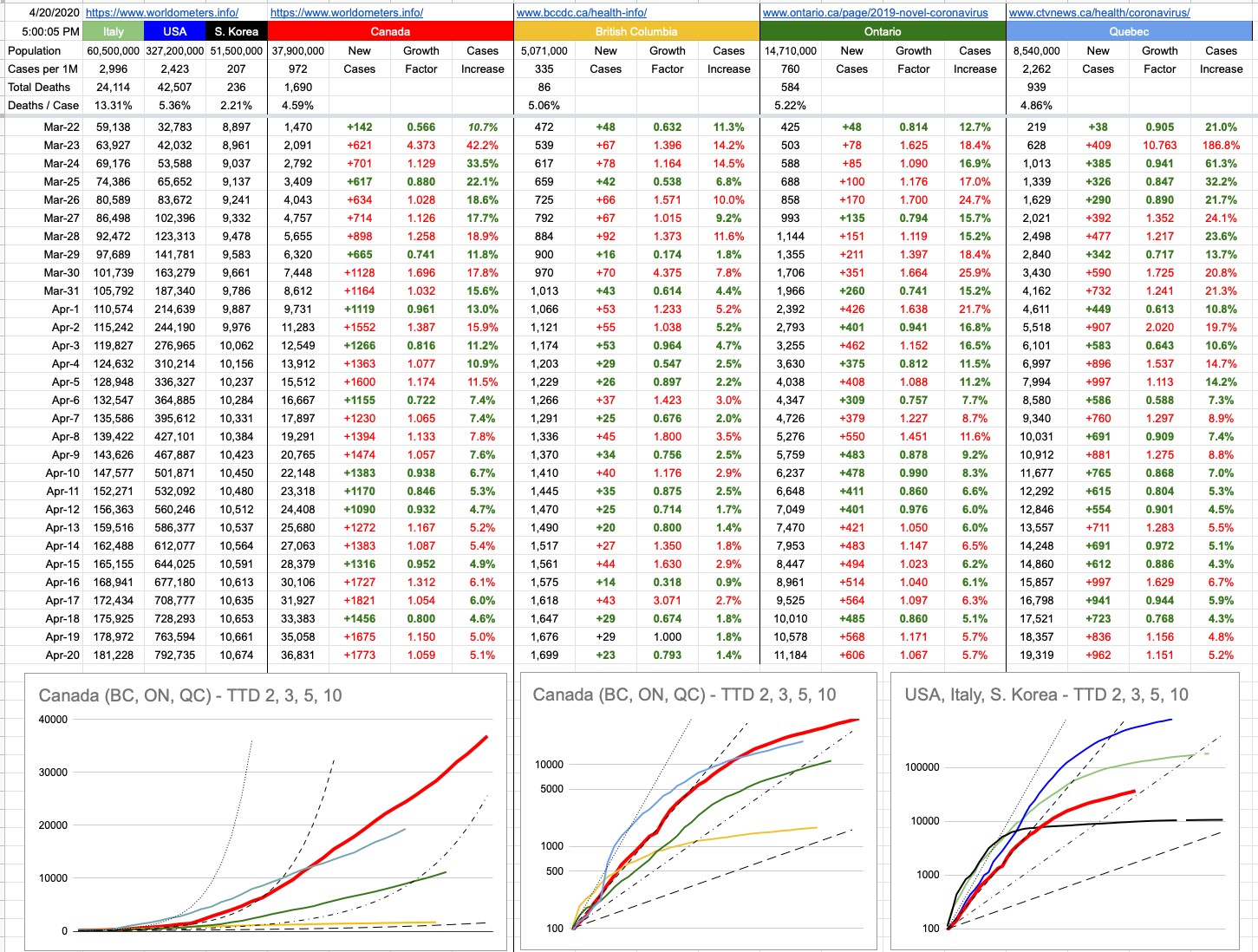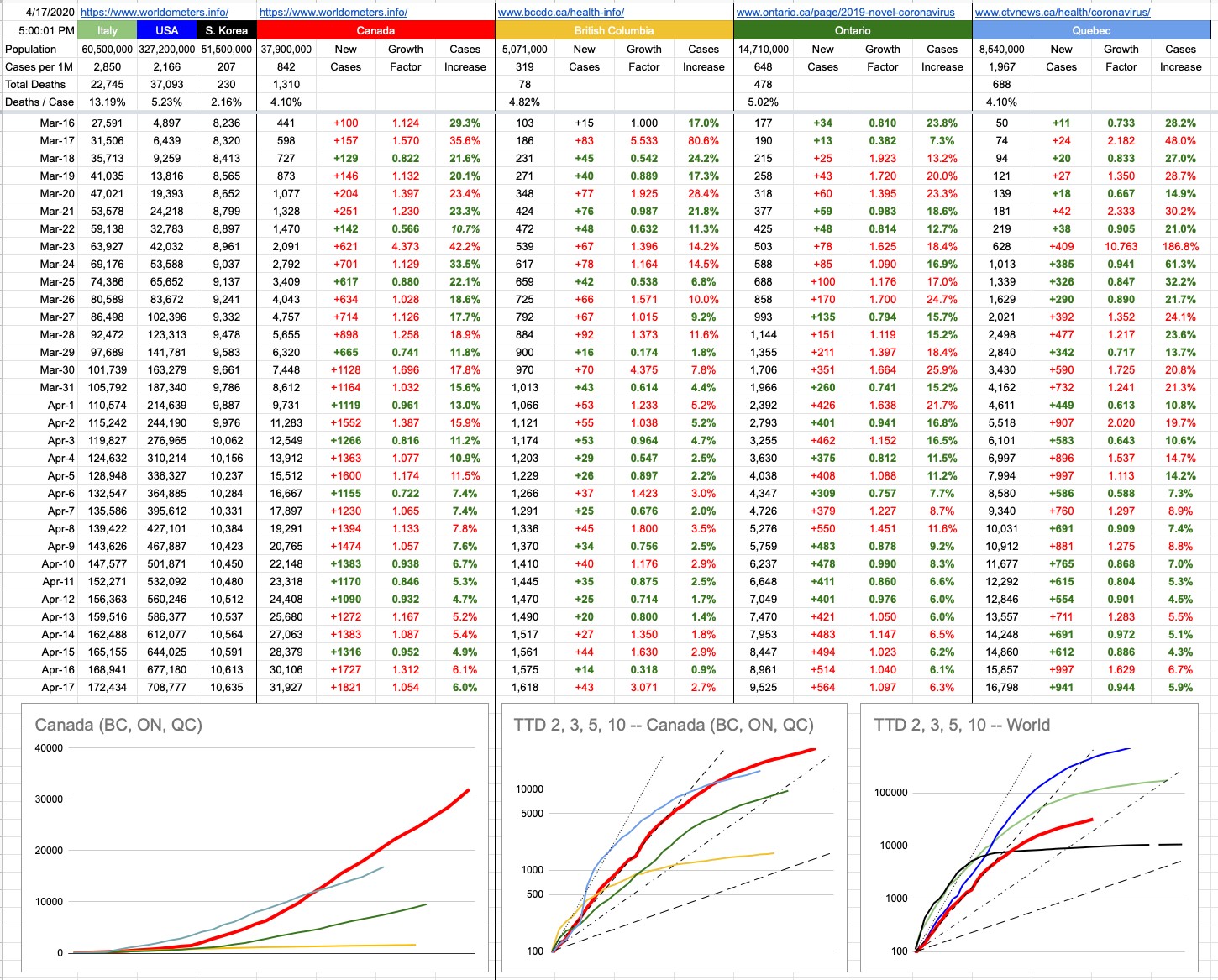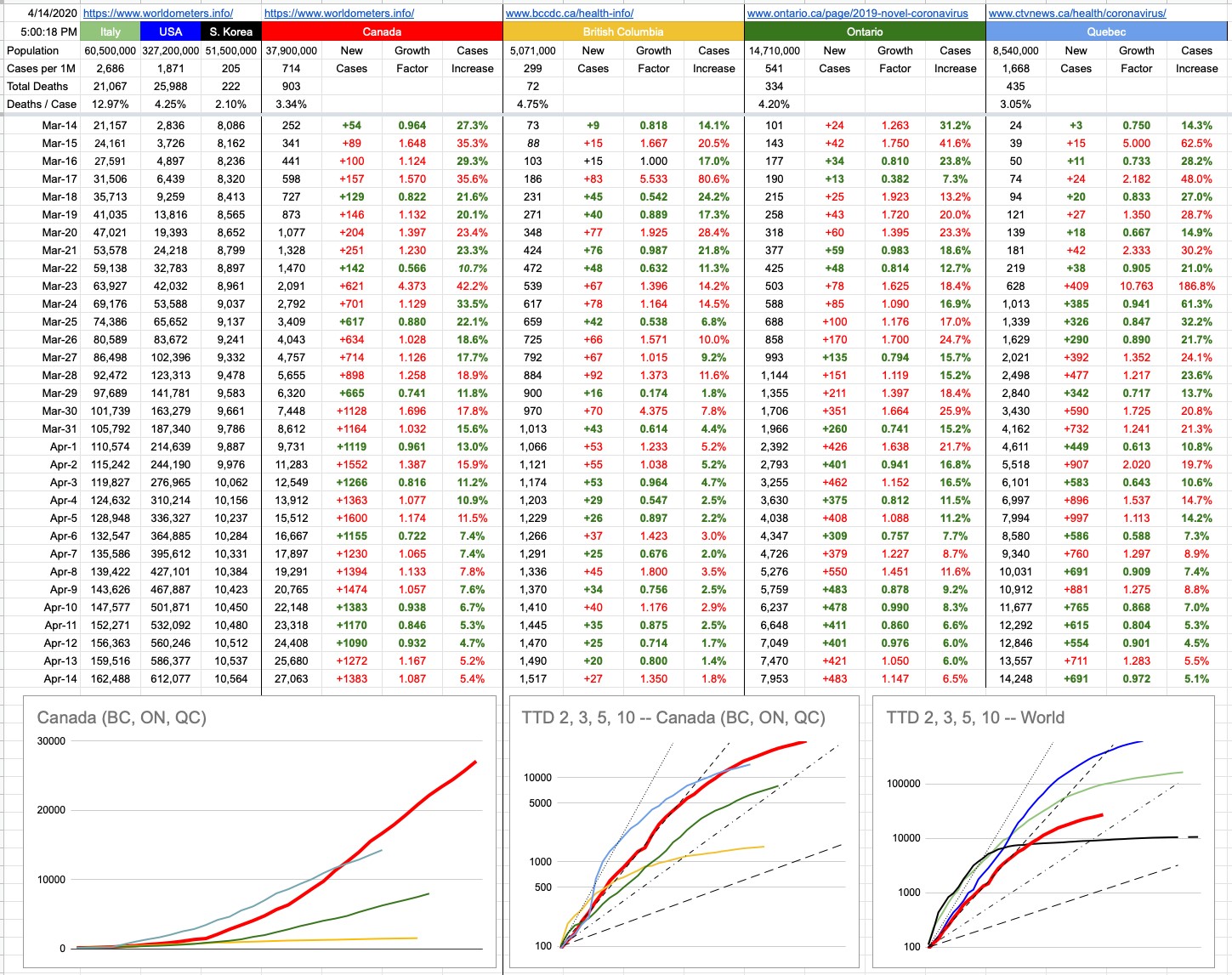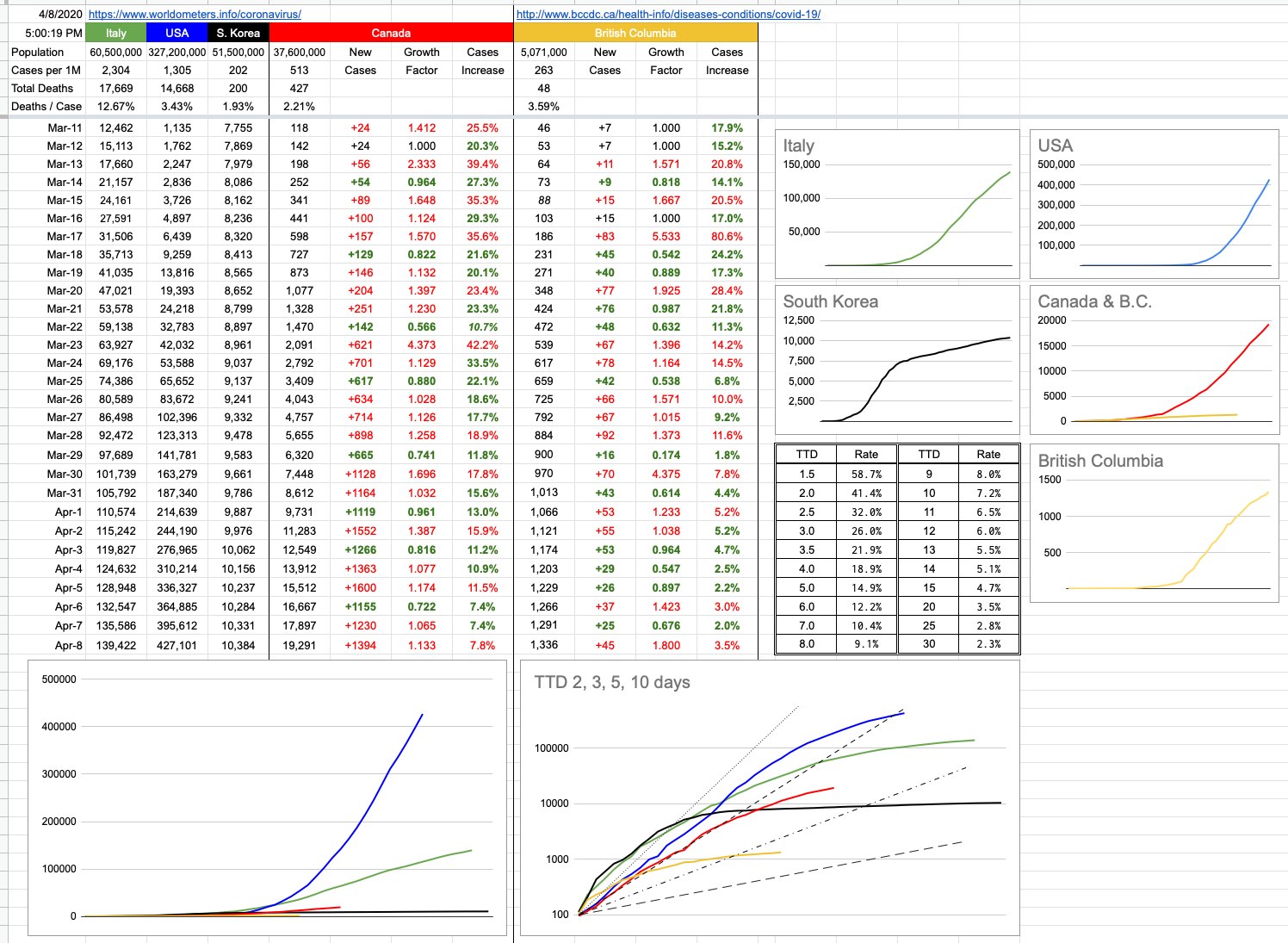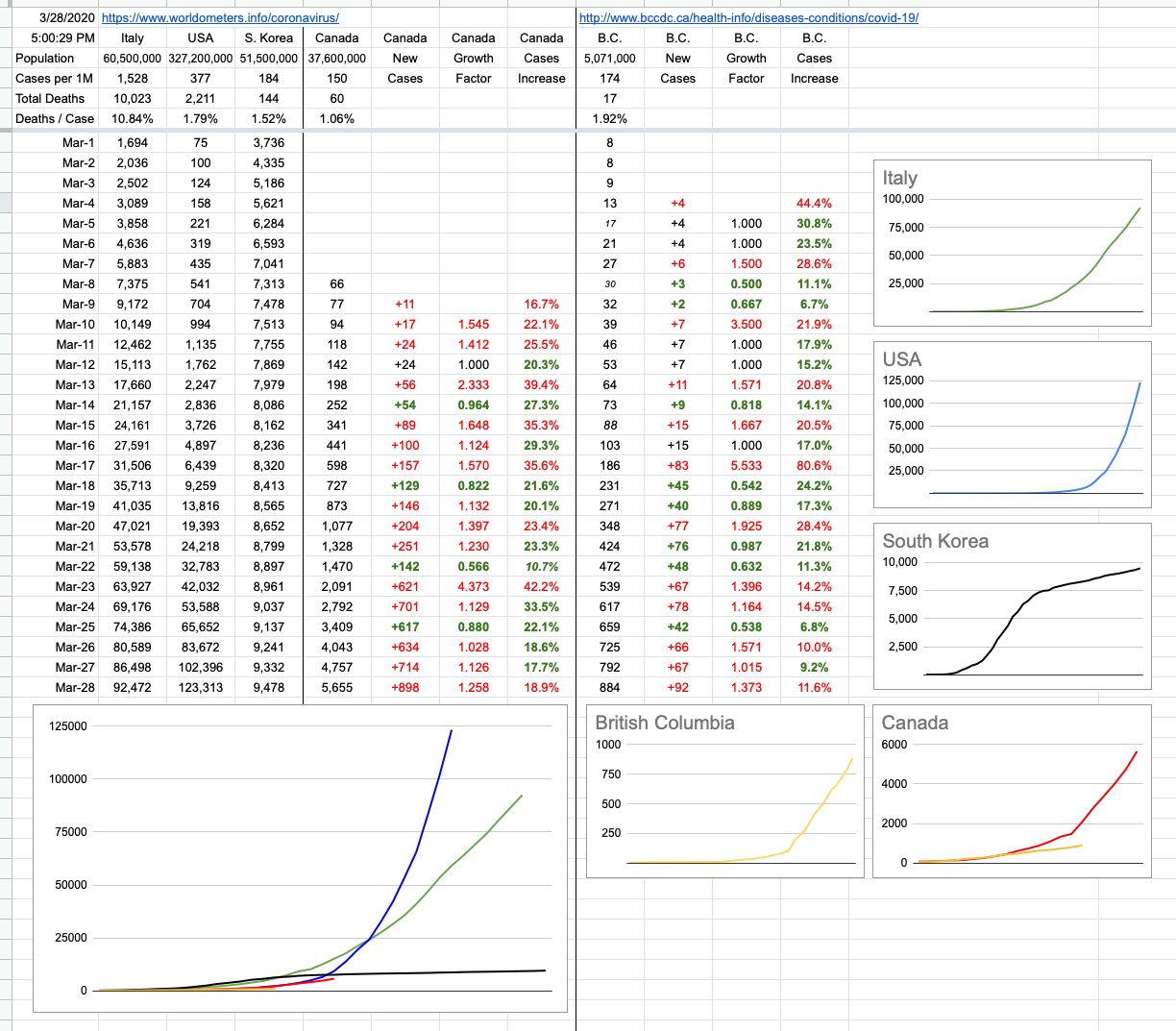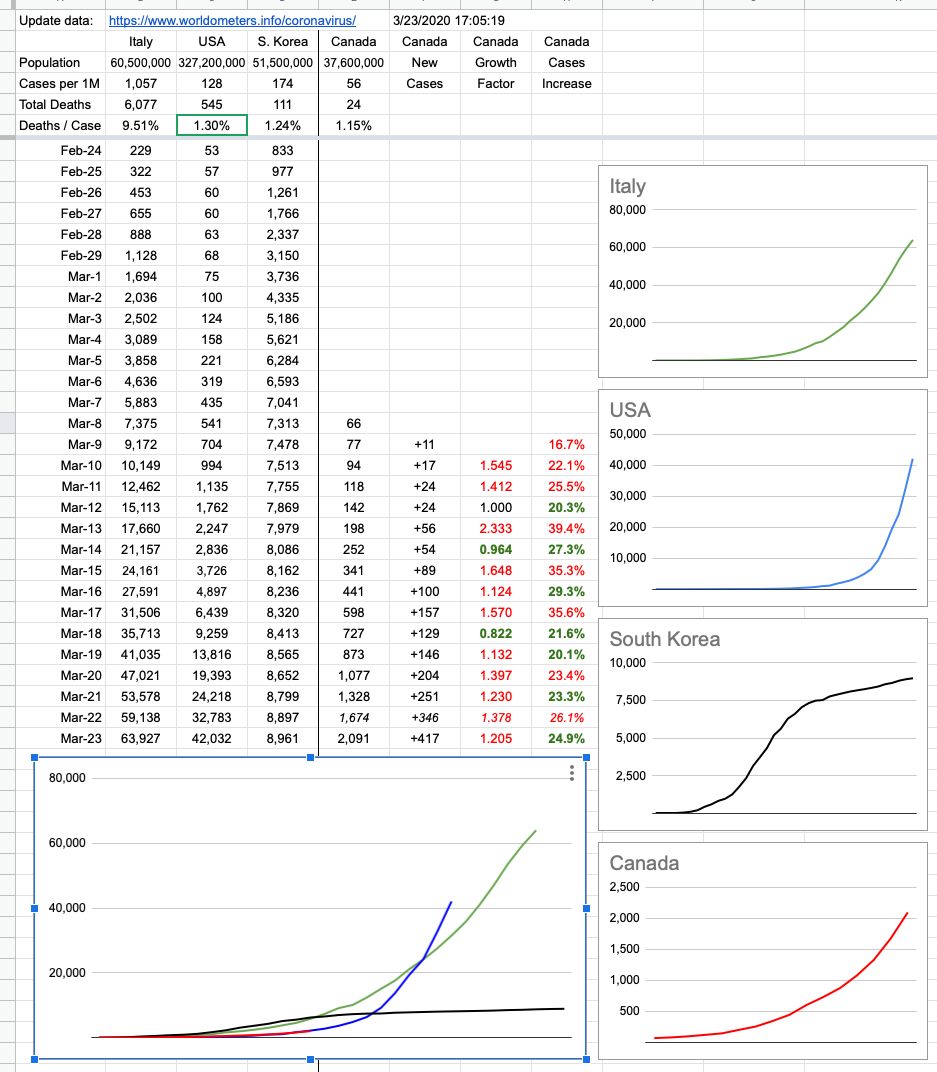Day 35 April 20, 2020
On the evening of March 23, 1989, Captain Joseph Hazelwood retired to his stateroom for the night, leaving his ship, the 987-foot, 240,000-ton Exxon Valdez, in the less-than-capable hands of his (unlicensed) 3rd mate. Shortly after midnight, the oil tanker fetched up on Bligh Reef, cracked open and, over 3 days, spilled almost 11 million gallons of crude oil into the pristine waters of Prince William Sound, contaminating more than 1,000 miles of coast line, 200 of it very badly… damage still evident today. Hundreds of thousands of animals — fish, birds, otters — lost their lives, in what must have been viewed from their eyes, their own hellish pandemic. A literal Black Death oozing towards them, like some Stephen King horror swamp creature brought to life.
Captain Hazelwood was crucified in the press and public opinion. Every bad story needs its villain, and he took the hit. Ultimately, the captain is responsible for his ship, period… but for things to go so wrong, there’s usually more to it… and there was, but that didn’t stop the finger pointing, and all of those fingers pointed to him.
More recently, like yesterday at around 4:30pm, The Spirit of Vancouver Island, a B.C. ferry, had a bit of a hard landing in Tsawwassen after its 90-minute journey from Victoria. The ship was slightly damaged, but no oil was spilled and no injuries were reported, and other than the hassle for some people having to wait up to 4 hours to disembark (and completely wrecking the day’s schedule for sailings), that was pretty much it.
I wasn’t on that ferry (and unless you had some urgent business, you shouldn’t have been either), but I can imagine what was going on after that happened. An announcement… “Sorry folks, as I’m sure you realize, blahblahlah, we’ll sort it out”. After that, for the people who were stuck on board, more “sorry” and free juice. At the time it happened, on the bridge, right after that veritable “Oh… shit” moment, someone saying “Sorry… so sorry, my bad”. As the last cars and trucks finally drove off, I’m sure there were more waves from the crew, and “sorry”. After the fact, B.C. Ferries put out at statement saying… yeah, you guessed it.
It is such a Canadian thing; we are known as the kings and queens of sorry, to the extent it may have lost its meaning. You might be standing in the street minding your own business, and some idiot buried in his phone will walk right into you, and you will find yourself saying, “Sorry!” You might be standing in some grocery aisle trying to decide which brand of maple syrup to purchase, and some fool will run his shopping cart into you, causing you to drop your maple-leaf-shaped bottle… but for some reason, you will say “Sorry!” Not too long go, I found myself saying sorry to a door that I’d just bumped. How very Canadian.
But Captain Joseph Hazelwood… he didn’t say sorry. I remember watching an interview when this happened more than 30 years ago, this guy getting grilled by the reporter, and the last question… “Are you sorry?”
You could see it in his eyes, his quivering lip… he desperately wanted to, but couldn’t. Like, of course he was sorry. That’s what he wanted to say… a long, heartfelt apology to the people of Alaska, to his family, to Exxon, to the planet… for screwing up, at least to the extent that he was responsible. But no, because no doubt… some lawyer, before the interview, told him… no matter what… no matter what, Joseph… do not say sorry.
The reason is pretty straightforward… the legal implications. Sorry means: “I know I messed up and therefore it’s my fault and therefore I’m responsible and therefore you may sue me.” This is in the United States, where most certainly, when you screw up and when you’re liable, you will get sued.
Around here, we actually have a law… we needed a law… to allow us to continue to be Canadian, and say sorry, and not incur any liability in doing so. It’s so Canadian, you’d think we’d cover it federally, but we don’t. Each province and territory (except Quebec and the Yukon) have their own version of an Apology Act, which basically lets you say “Sorry!” to anyone and everyone, and not incur the sort of blame that would stand up in court.
South of the border, though… not many apologies and lots of lawsuits. As things continue to go… south… in certain jurisdictions, the finger-pointing will get more aggressive. The blaming will get louder. The alternative-facts will become entrenched and indistinguishable from reality. And there will be lawsuits; many of them. As people die and businesses fail, someone is going to have to take the blame, and it’s always someone else. Cities will blame counties, counties will blame states, states will blame the federal government. But the leader of the executive branch of the federal government is not well known for apologizing or taking blame; indeed, he’s well known for lashing out at anyone who blames him for anything… so where will it lead?
I have no idea, culturally, what “sorry” implies in China. But I do know that a class-action lawsuit (based in the U.S., of course) involving 10,000 claimants from 40 different countries is seeking 6 trillion dollars in damages from China, because the virus is, you know, all their fault. Maybe if that goes through, we can all go after Spain next. With 100 years of interest on top of it.
Six trillion dollars.. I can’t even begin to describe how much money that is, but here’s a visualization. Take a stack of $100 bills… we can all visualize $1,000… just 10 bills. A thousand of those stacks is a million dollars. That stack would be about a metre tall. So a billion dollars would be a stack 1,000 times bigger… a kilometre. And by the way, that’s a pretty good “wow” of just how much bigger a billion is than a million. But a trillion? That’s a stack of bills 1,000km high. That gets you to the International Space Station and back again to the ground and then another 200km back up. Oh, and it’s 6 trillion… a 6,000km stack of $100 bills.
Apologizing went out of style with President Trump, and lawsuits have always been in style… and nobody wants to be the one holding the bag at the end of colossal losses being incurred by a situation that, ironically, perhaps has no nexus of blame. Which means lawsuits, for decades. And no apologies.
For what it’s worth, 20 years later, in 2009 (after all the legal entanglements had been unravelled, and whatever relevant statutes of limitations had expired), Captain Hazelwood did indeed offer a heartfelt apology.
OK, while I’m here… an update on numbers… B.C. is really looking good, on track for some of the mid-May relaxations we’ve been told about if these trends and numbers hold. Let’s wait till 2 weeks after the long weekend to make that judgement. So far, so good… keep at it… that finish line, in whatever form it initially takes… is getting closer.
Finally… like I’ve said before, when I sit down to write this… the intention is to talk about some relevant aspect of the pandemic, but sometimes I’m not really sure where it’s going to wind up. Sometimes it’s current and sometimes it’s thought-provoking and sometimes it’s relevant and sometimes it’s… well, what can I say if it’s none of the above… if you read all that and now wish you had those few minutes of your life back………. sorry!
View Original Post and All Comments on Facebook


